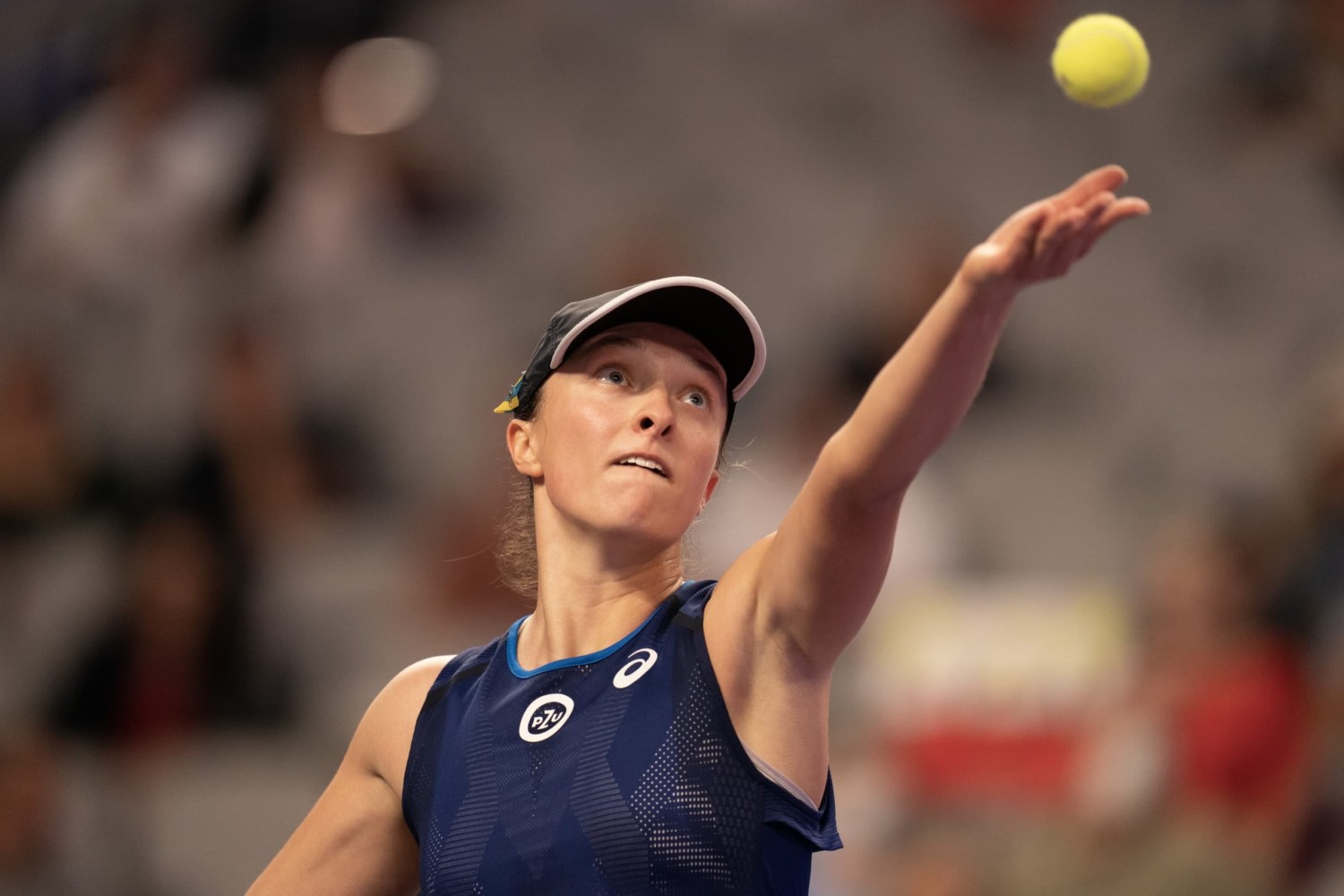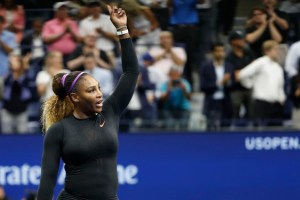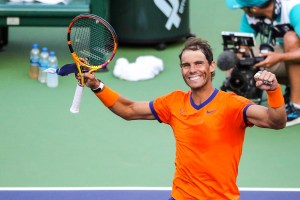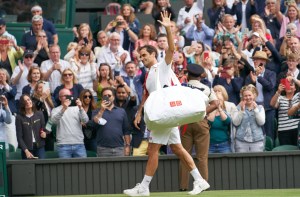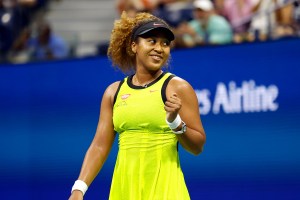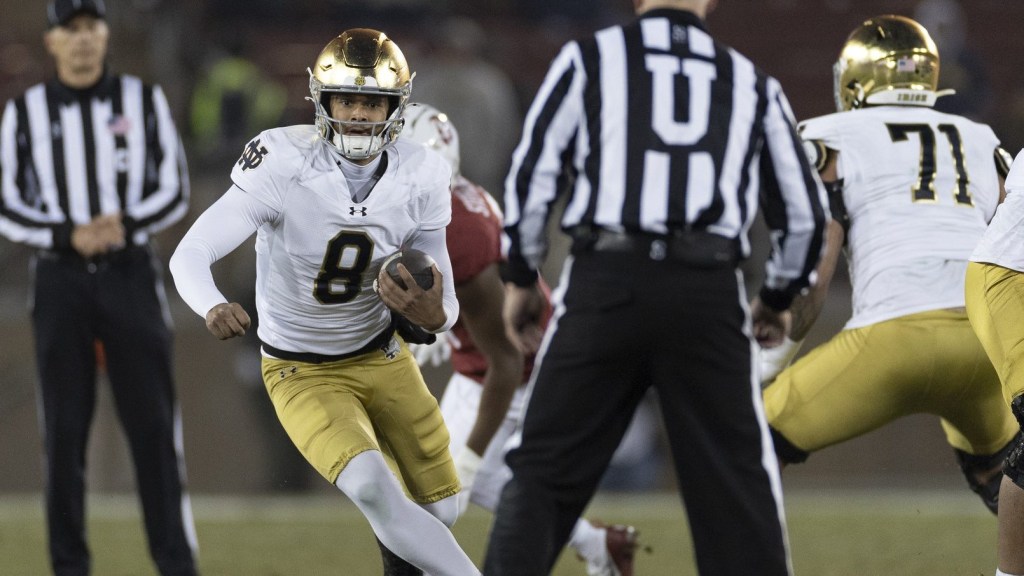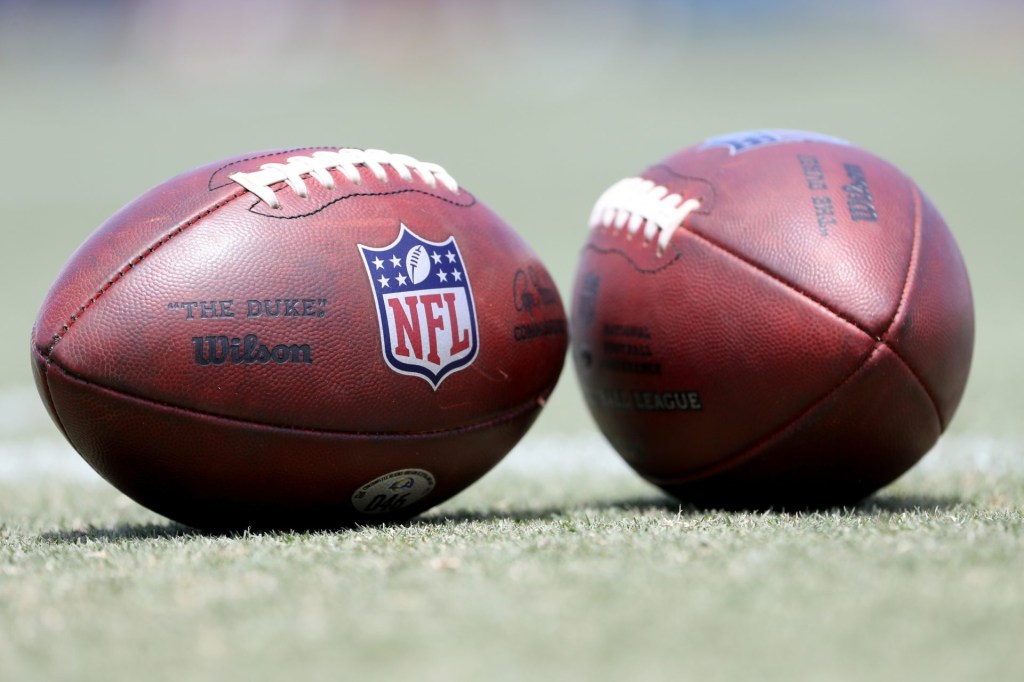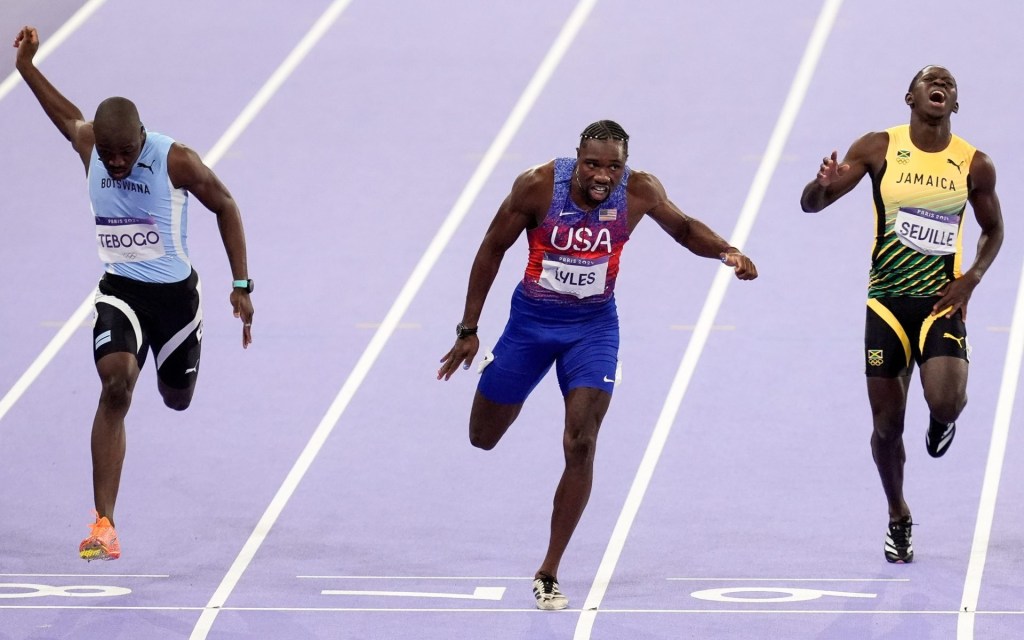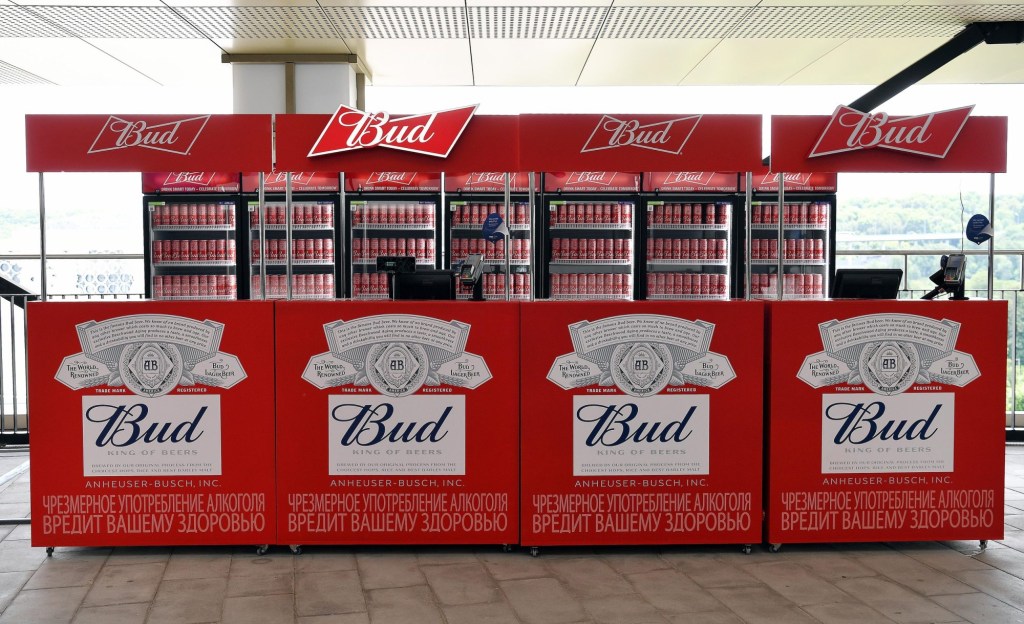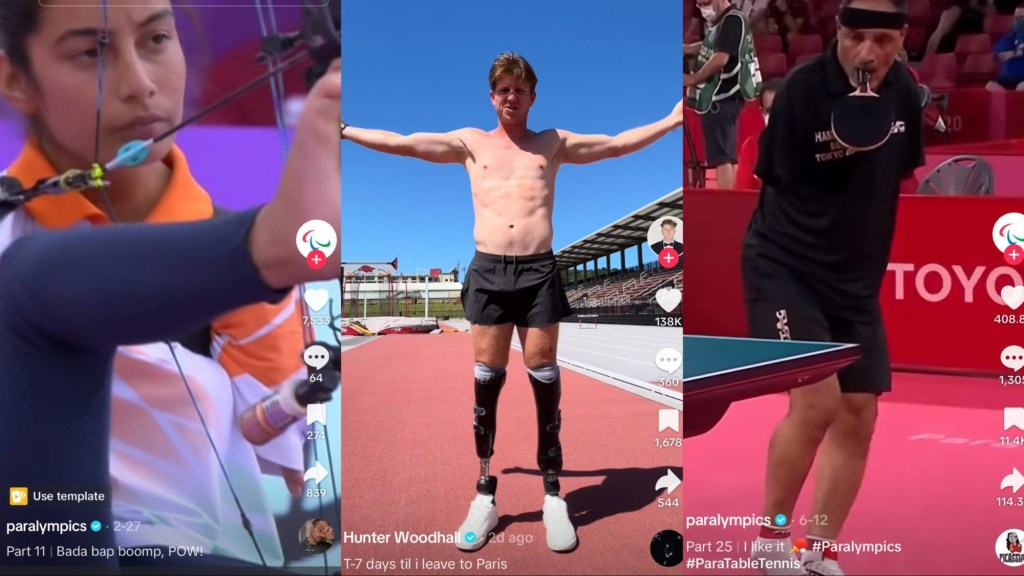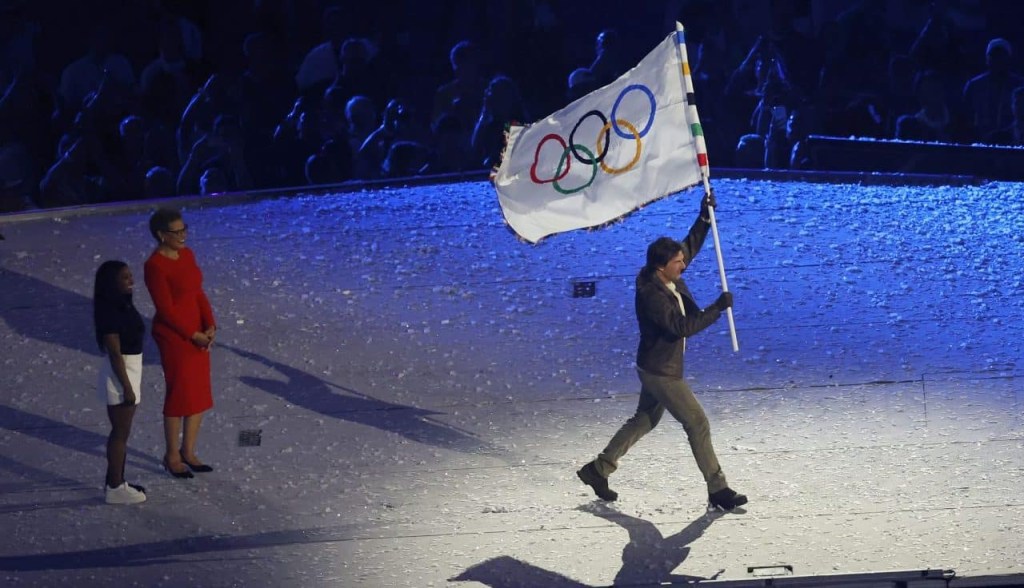On the eve of the Australian Open, the first Grand Slam of 2023, tennis finds itself at a crossroads.
In August, Serena Williams rocked the sports world when she announced she would retire following the 2022 U.S. Open. One month later, Roger Federer announced his retirement.
It will be the first season without both of them since 1999.
The absence of those two titans creates a seismic shift in the dynamic of the sport — from both a competitive and business standpoint.
“It’s an incredibly exciting turning point,” says the ATP and WTA’s SVP of Brand and Marketing Dan Ginger. “It’s the old guard departing the sport and this new guard entering the sport. And for us, it’s just a pure opportunity for a sport which we all truly believe has so much to offer for millions of fans around the world.”
Tennis’ rebranding party in Melbourne will boast the current game’s most marketable names, but three very notable ones will be absent.
- After winning the 2022 AO in her home country, Ashleigh Barty stunningly announced her retirement at the age of 25.
- Naomi Osaka — winner of the 2021 AO and 2022’s highest-paid female athlete, per Forbes — could miss the entire 2023 season after announcing her pregnancy.
- Rising star and winner of the men’s 2022 U.S. Open Carlos Alcaraz will miss the tournament with an injury picked up in training.
Thus, the door is wide open for the sports’ deep roster of young talent to stake their claim of the marketing opportunities — and a share of the record $67.35 million in total prize money.
And while it’s all going down, Netflix’s cameras will be eagerly capturing everything: The first five episodes of the streaming giant’s new series, “Break Point” — which documents professional tennis’ 2022 season — went live on Friday.
It’s a game-changing opportunity for tennis — one that it will attempt to capitalize on in the coming weeks.
Getting To Know You
When Box to Box Films — the production company behind smash hit “Formula 1: Drive to Survive” — began its quest of documenting professional tennis for Netflix, it did what it does best: evoke, and showcase, the athletes’ personalities.
“Tennis players are emotionally reflecting on every point of every game at every time, and that’s what makes them fascinating,” Box to Box co-founder Paul Martin says. “Tennis is a process of mental torture in some ways.”
“A good story is ultimately a good story,” says “Break Point” showrunner Kari Lia. “There’s more story on a personal level, I would say, than just games. That was really important for us, that it felt like it was relatable.”
The show accomplishes this through its signature technique of following the current players through their personal and professional lives.
It also brings in some of tennis’ most hallowed names to provide insight into the psychology of the sport. Interviews in the show include:
- Chris Evert
- Martina Navratilova
- Andy Roddick
- Maria Sharapova
“What we’re seeing now, particularly with the next generation of fans who are coming into our sport, is that it is much more athlete personality-driven,” Ginger says. “Winning is always going to attract headlines. … But when we look beyond that, the task that we have at hand is how do we build more affinity and personal connections.”
Shark in the Water
Box to Box rolled into Melbourne last year confident it would capture the rise of one of the men’s game’s young, marketable stars.
Instead, it found Rafael Nadal, one of the old guards, standing firmly in the way.
“Paul [Martin] and James [Gay-Rees] at Box to Box described Rafa as the shark in ‘Jaws,’” says ATP Media’s Chief Strategy Officer Nick Bourne. “We’re connecting with all the characters that are swimming on the surface, and there’s this terror of the deep that’s sort of lurking there.”
Despite being the No. 1 seed, Nadal comes into Melbourne in poor form — setting him up for either another storybook run or a disappointing exit.
So, this year’s shark in the water is Novak Djokovic.
Unlike Nadal, Djokovic is in excellent form, having won two consecutive tournaments in November’s ATP World Tour Finals and early January’s Adelaide International 1.
After missing the 2022 Australian and U.S. Opens due to his lack of vaccination, the 35-year-old could enter Melbourne on a warpath, looking to build on his legacy and add the $2.11 million prize to his already impressive career earnings.
- Djokovic has made $164.8 million from winnings in his career — by far the most all-time and over $30 million more than the second-highest earner, Nadal ($134.5 million).
- He has won a record nine Australian Opens and 21 Grand Slams, trailing only Nadal (22) for the most ever.
- The Serbian comes into the 2023 AO as a massive -110 favorite to win it all.
All the same, the new crop of young players will be looking to dethrone Djokovic and Nadal in Melbourne. Among them are Daniil Medvedev (+550), Stefanos Tsitsipas (+1400), Taylor Fritz (+1700) — and controversial Australian hometown hero Nick Kyrgios (+1600).
The ATP will be ready to market them.
“Every sport has to have a succession plan, as it were,” says Bourne. “It’s about that next generation of players, enabling different fans to connect with different players in different ways, and just offering that variety to new audiences.”
The Post-Williams World
Since 2017, only three men not named Djokovic, Federer, or Nadal have won a Grand Slam.
In contrast, since 2017 — the last year Serena Williams won a major — 15 different women have claimed a Grand Slam title.
“Serena, for me, she’s the best female athlete ever, not just tennis player,” world singles No. 6 Maria Sakkari says. “We were kind of waiting for it because she was on the tour for so many years, but at the same time, you don’t want these people to leave and wish they could stay forever.”
Williams ($94.8 million) has earned over $50 million more in prize money in her career than the second-highest-earning women’s player — her sister Venus ($42.4 million).
With the women’s side of the sport enjoying competitive parity for years, there’s no shortage of young stars trying to compose the new group.
- Iga Swiatek (21) — the 2022 U.S. Open winner — comes into Melbourne as the betting favorite (+225).
- Aryna Sabalenka (24, +750) will try to finally break through with her maiden Grand Slam victory after being one of WTA’s most consistent players.
- Coco Gauff (18, +1600) has remarkably been on the major cusp for years since turning pro at 14.
- Elena Rybakina (23, +2200) will look to shock the world again after she became the first Kazakhstani to win a Grand Slam at Wimbledon 2022.
Swiatek, the No. 1 player in the world, was the highest-earning player on tour in 2022 ($9.9M) and has 11 titles and three majors to her name — but her career winnings are at a distant $14.7 million.
However, as Evert says during “Break Point,” “Women tennis players are still striving for equal prize money to men.”
Although all of the Grand Slams have committed to equal pay, many smaller tournaments will still pay the men more.
Alcaraz, the No. 1 men’s player, has five fewer titles and two fewer majors than Swiatek but trails her by less than $3 million ($11.8M).
Women also have to contend with another disadvantage: In the fourth episode of “Break Point,” Ons Jabeur talks openly about only wanting to have children after her career, and the show notes that only three women have ever won a major after having kids — something not even Williams could accomplish.
“I can’t remember how many kids Andy Murray and Roger Federer have, but I think they have quite a few, and they didn’t skip a beat, they were able to go right back to work,” says Lia. “That’s not the case for women.”
Outside the Lines
Despite playing only 11 tournaments last season and ranking just 20th all-time in career earnings ($21.2M), Naomi Osaka was still Forbes’ highest-paid female athlete of 2022.
It goes to show just how the importance of building a brand: Because women’s prize money lags behind, attaining and maintaining marketability is vital to financial success. WTA accepts its role in that process.
“We have an objective to market our athletes, but only in the most authentic way,” says WTA President Micky Lawler. “The game will pave its own path of champions, and we are here to exercise the marketing arm as fate allows. Our brand mission is to champion women who compete fiercely and live fully.”
As “Drive to Survive” proved for individual sports, there are millions of consumers who may not even know they’re tennis fans yet, they just need access to these athletes at the right time.
All the same, the eyes remain on the prize.
“Sponsors and money, it’s important because it brings this financial security,” Sharapova says on “Break Point.” “You get a sponsorship and you think it’s forever, but guess what? It’s not. It’s not forever unless you keep winning.”
